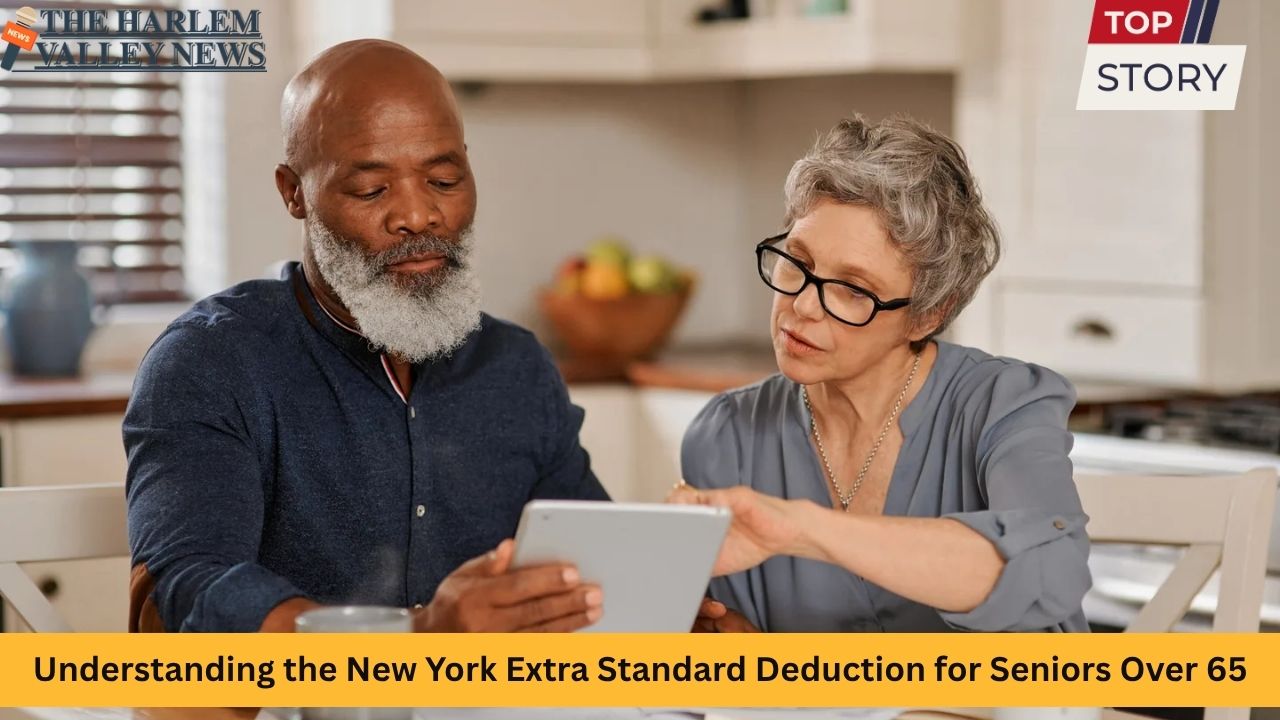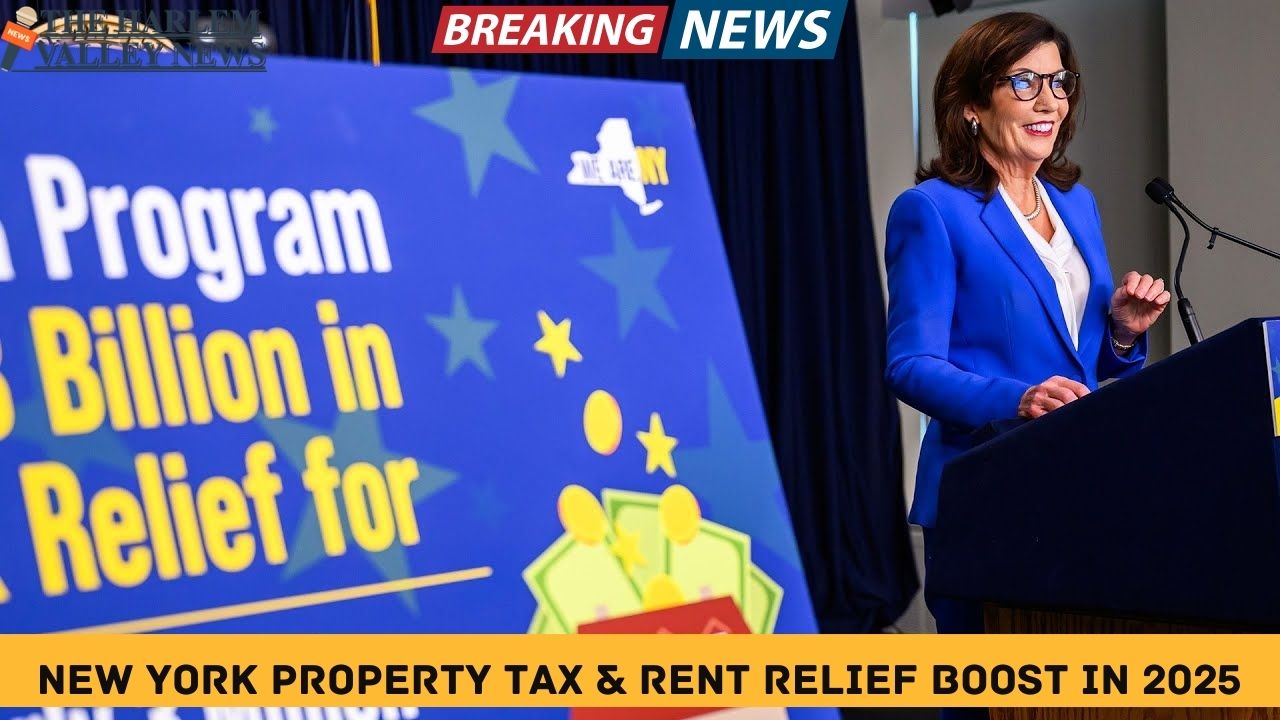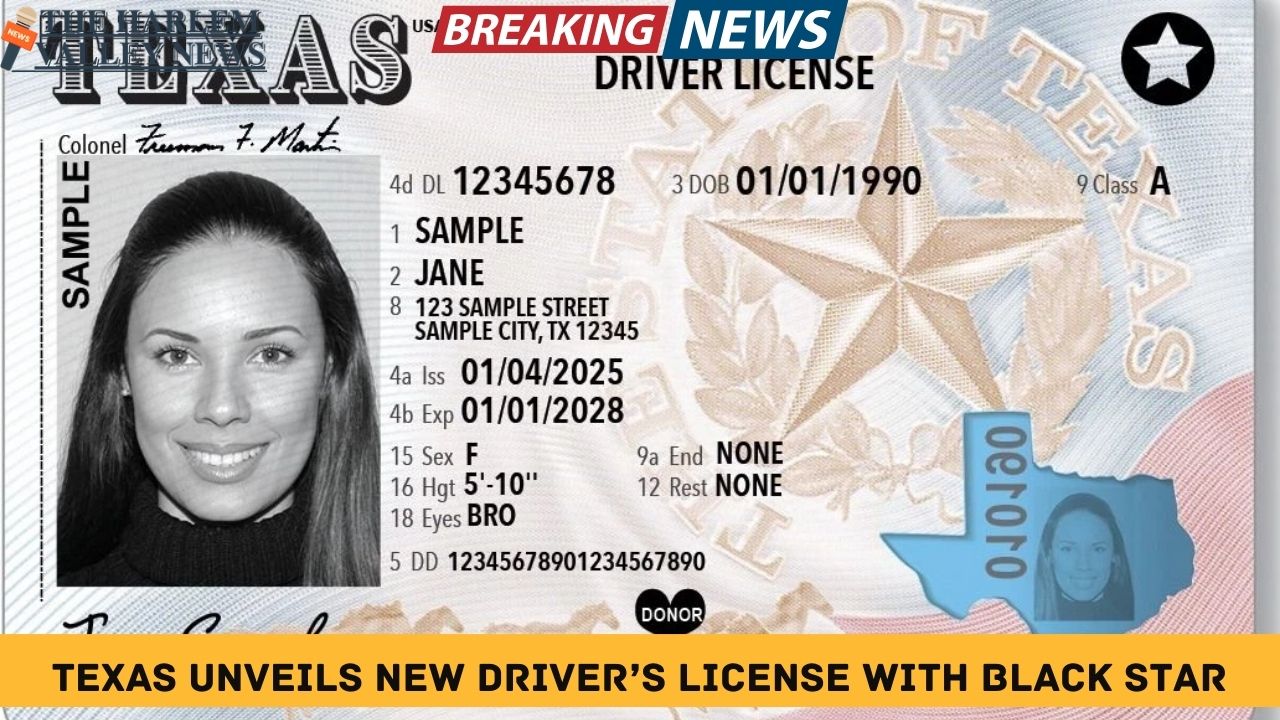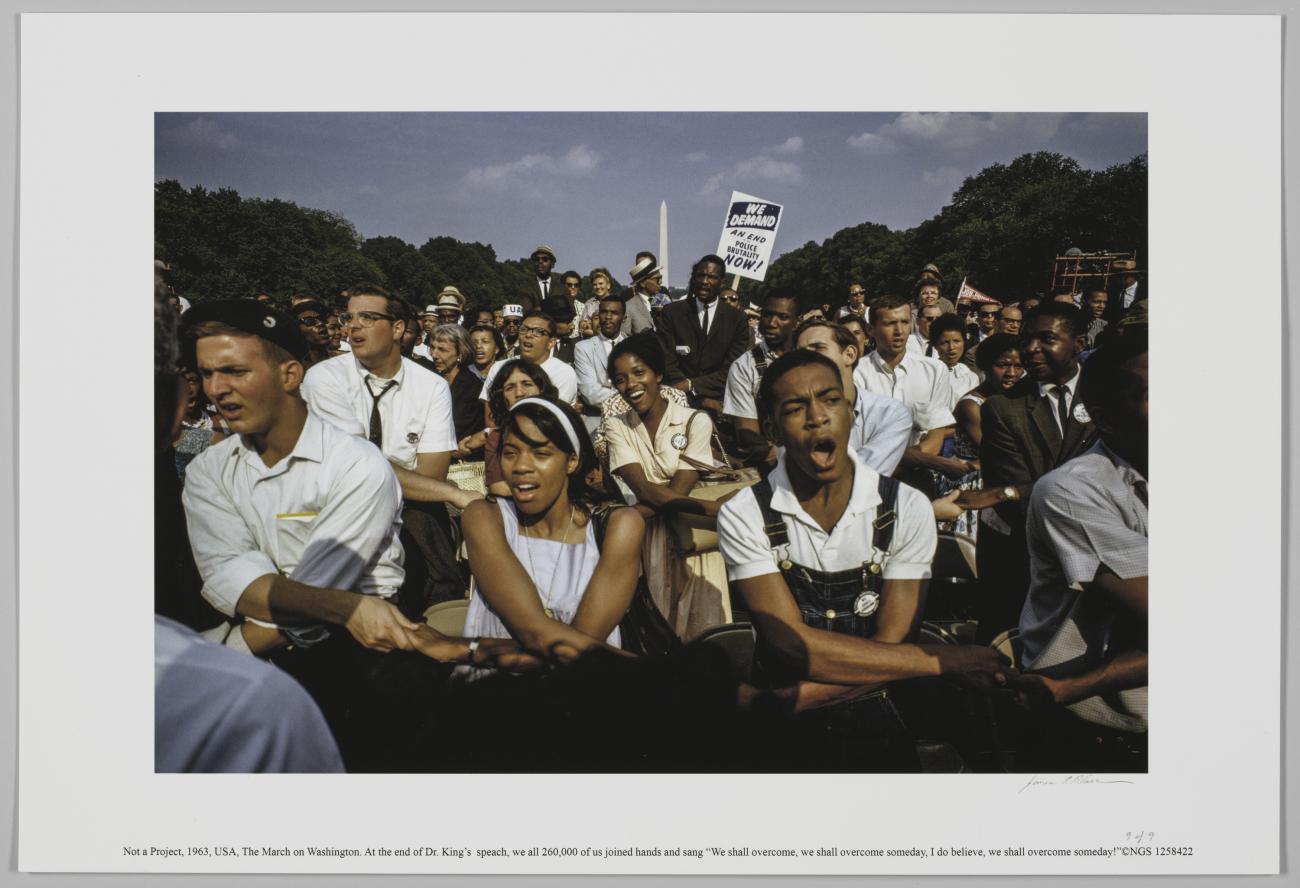For residents of New York aged 65 and over, the federal tax system offers additional relief beyond the standard deduction. With recent legislation effective from 2025 through 2028, taxpayers age 65 or older can access a significant “bonus” deduction on top of the regular extra standard deduction. Whether you live in bustling New York City or a quieter upstate community like Buffalo, Syracuse, or Albany, understanding these benefits can help you minimize your tax liability. This guide walks you through the basics, how the extra deduction works, eligibility thresholds, interactions with state income tax structures, and practical examples tailored to New Yorkers.
How Standard Deduction Works for Seniors
What Is the Standard Deduction?
Each year, the IRS sets a basic deduction amount based on your filing status—single, married filing jointly, or head of household. For 2025, the basic deduction rises to approximately $15,750 for single filers, about $23,625 for head of household, and $31,500 for married couples filing jointly.
The Extra Deduction for Age 65+
Taxpayers aged 65 or over are eligible for an additional federal deduction. In 2025, single filers or heads of household receive an extra $2,000. A married couple may claim $1,600 for each spouse aged 65 or older, so a couple where both spouses qualify could claim $3,200 in extra deductions.
The “Bonus” Deduction from 2025 to 2028
What the Law Introduces
Starting in 2025, a new federal tax law—commonly referred to as the “One Big Beautiful Bill” (OBBB)—provides an additional bonus deduction of $6,000 per individual age 65 and older, effective through tax year 2028.
Income Limits and Phase‑Out Rules
The full $6,000 bonus is available to single taxpayers with modified adjusted gross income (MAGI) up to $75,000, and to married couples filing jointly with MAGI up to $150,000. Above these thresholds, the deduction phases out gradually—disappearing entirely once a single filer’s MAGI reaches $175,000 or a couple’s reaches $250,000.
Combining with Other Deduction Components
- Single filer age 65+: $15,750 base standard + $2,000 age extra + $6,000 bonus = $23,750 total
- Married couple both 65+: $31,500 base + $3,200 extra + $12,000 bonus = $46,700 total
- Married couple one spouse 65+: base + $1,600 + $6,000 = around $39,100 in total deductions
Why It Matters for New York Residents
Federal Relief, Local Impact
While the extra standard deduction is a federal benefit, it can significantly reduce taxable income at the state level in New York. State taxable income starts from federal adjusted gross income and then applies state‐specific deductions and credits—so reducing your federal taxable income cascades into state calculations as well.
Filing Options: Standard vs. Itemizing
New York’s state income tax system allows taxpayers to choose between itemizing or claiming the standard deduction. Higher standard deductions for seniors may make itemizing less favorable—unless you have substantial deductible expenses, such as mortgage interest, medical expenses, property taxes (subject to cap), or charitable giving.
Considering Other New York Benefits
New York senior citizens may also qualify for local exemptions—such as reductions in property tax assessments in cities like Rochester, Yonkers, or Ithaca, depending on local rules. The state also offers programs like the Senior Citizens Property Tax Exemption and an enhanced STAR benefit for homeowners with incomes below specified limits. Knowing how federal and state benefits stack up is key to holistic tax planning.
Examples of How It Works
Case: Single New Yorker in Buffalo
- Income: MAGI of $70,000
- Age: 66
- Eligible deductions:
- Base standard: $15,750
- Age 65+ extra: $2,000
- Bonus deduction: full $6,000
- Final total deduction: $23,750
This reduces taxable income and leads to meaningful savings on both federal and New York state returns.
Case: Married Couple in Westchester County
- Ages: both 67
- MAGI: $140,000
- Eligible deductions:
- Base standard: $31,500
- Extra: $3,200 total
- Bonus: $12,000 total
- Combined deduction: $46,700
Even though Westchester property taxes may be high, itemizing may not pay off—this standard deduction may exceed likely itemized amounts.
Case: Partial Bonus Phase‑Out in Syracuse
- Filing jointly, one spouse 68, one spouse 63
- MAGI: $160,000
- Eligible bonus: partial (phased) bonus—reduces deduction above thresholds.
Accurate calculation will depend on IRS guidance, but maximum extra deduction is lowered gradually.
State Tax Interaction: New York’s Tax Structure and Your Deductions
Income Tax Rates and Brackets
New York State tax brackets range from around 4 percent up to over 10 percent depending on income levels. In New York City or Yonkers, additional city income taxes apply, ranging roughly from 3.1 percent up to nearly 3.9 percent on taxable income above certain thresholds. Lower taxable income means less income subject to these layered brackets.
Standard Deduction vs. Credits
New York State offers a basic standard deduction (such as $8,000 for single filers, $16,050 for married filing jointly in 2024), which is separate from federal standard deduction calculations. Whether your taxable income carries over into state taxes, and whether you use standard or itemized deductions at the state level, will influence your final liability.
Senior‑Specific Credits and Exemptions
Those 65 and older may qualify for property tax exemptions or real property tax credits up to certain income limits—such as $375 credit if household income is below certain thresholds, or reduction in assessed home value by up to 50 percent in municipalities that provide senior tax exemptions. These local programs vary and can amplify savings especially for retirees living in communities outside major cities.
Impact and Strategy for Seniors in New York
When Standard Deduction Is Better
If standard deduction (including extra and bonus amounts) exceeds itemized deductions like SALT, medical expenses, or charitable contributions, claiming the standard deduction is usually simpler and more tax-efficient—especially under the new higher thresholds.
When Itemizing May Still Make Sense
If you reside in New York City or suburbs with high property taxes or have large medical expenses above 7.5 percent of AGI, itemizing might yield more savings—particularly if SALT deductions (now uncapped up to $40,000 under the same federal law for high-tax states) and mortgage interest add up.
Planning Around MAGI Thresholds
Because the extra bonus deduction phases out for MAGI over $75,000 (single) or $150,000 (joint), seniors nearing these limits should monitor income carefully. Even modest extra income—such as temporary consulting, IRA required distributions, or investment gains—might reduce eligibility for the full bonus.
Timeline and Expiration
The bonus deduction applies only for tax years 2025 through 2028. After that, unless Congress extends it, seniors revert to the pre‑2025 extra deduction only. It’s essential to plan before the benefit expires and consider how your income may evolve over time.
Summary Table of Key Deduction Components (2025 Only)
| Filing Status | Base Standard | Age‑Extra (for 65+) | Bonus Deduction | Total Deduction |
|---|---|---|---|---|
| Single age 65+ | $15,750 | $2,000 | $6,000 | $23,750 |
| Married both age 65+ | $31,500 | $3,200 | $12,000 | $46,700 |
| Married one 65+ | $31,500 | $1,600 | $6,000 | ~$39,100 |
These totals depend on staying within income thresholds.
Practical Steps for New York Seniors
- Confirm your MAGI: Include all taxable income sources to see if you qualify for the full bonus deduction.
- Choose standard deduction vs itemizing: Compare itemizable expenses carefully.
- Check NYC or Yonkers resident taxes: City residents should factor in additional municipal tax burdens.
- Explore property tax exemptions locally: Many cities and towns in New York State offer senior discounts.
- Consider long‑term income strategy: Coordinate IRA distributions or other income sources to stay under phase‑out limits.
- Plan before 2029: Since the bonus deduction expires after 2028, tax planning for future years is vital.
Closing Thoughts
For New Yorkers aged 65 and older, the tax landscape has improved significantly thanks to legislation effective in 2025. By combining the heightened base standard deduction, the traditional extra age deduction, and the new temporary bonus, eligible seniors can reduce taxable income by over $23,000 as individuals or nearly $47,000 as couples, all without itemizing.
These changes are especially meaningful given New York’s high cost of living and local tax burdens—from property taxes to city income taxes. While navigating income thresholds and evaluating whether to itemize requires some planning, many seniors will find the standard deduction route both simpler and more advantageous.
As always, consulting a tax professional or financial advisor familiar with both federal changes and New York State/local rules can optimize benefits. Taking advantage of these reliefs can free up resources to enjoy retirement—whether you live in Manhattan, Buffalo, Albany, or anywhere in between.
















NY Taxpayer
Double-check your entire analysis and cite actual sources.
Nowhere have we found official NY tax information or legislation that states that the NY’s standard deductions will be changed by the senior deductions, either the previous one or the new “bonus”.
NY’s standard deduction is set separately from the federal one.
Please fix, source, and update your analysis.
Indeed, the NY Tax Department has yet to even issue its 2025 tax brackets and standard deduction information!
P.S. Stop the bouncing blue arrow in the lower-right corner. It’s a distraction and shows very poor web design!